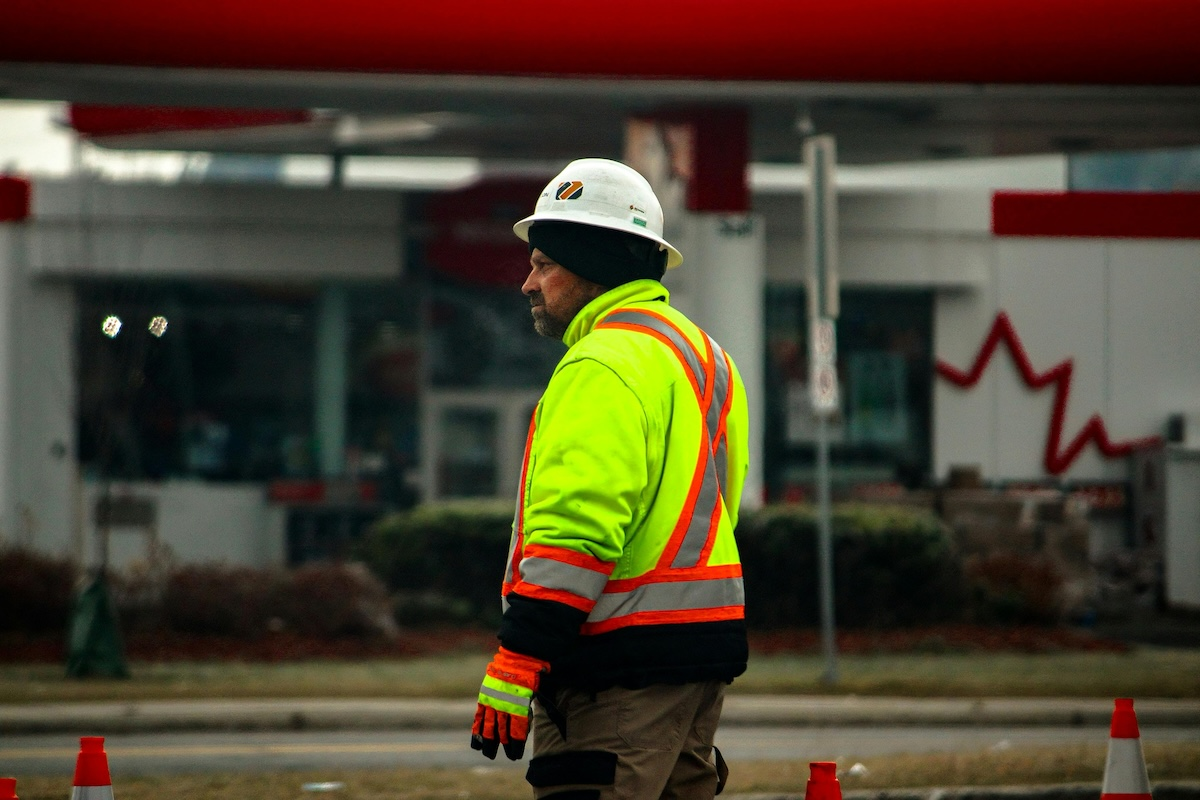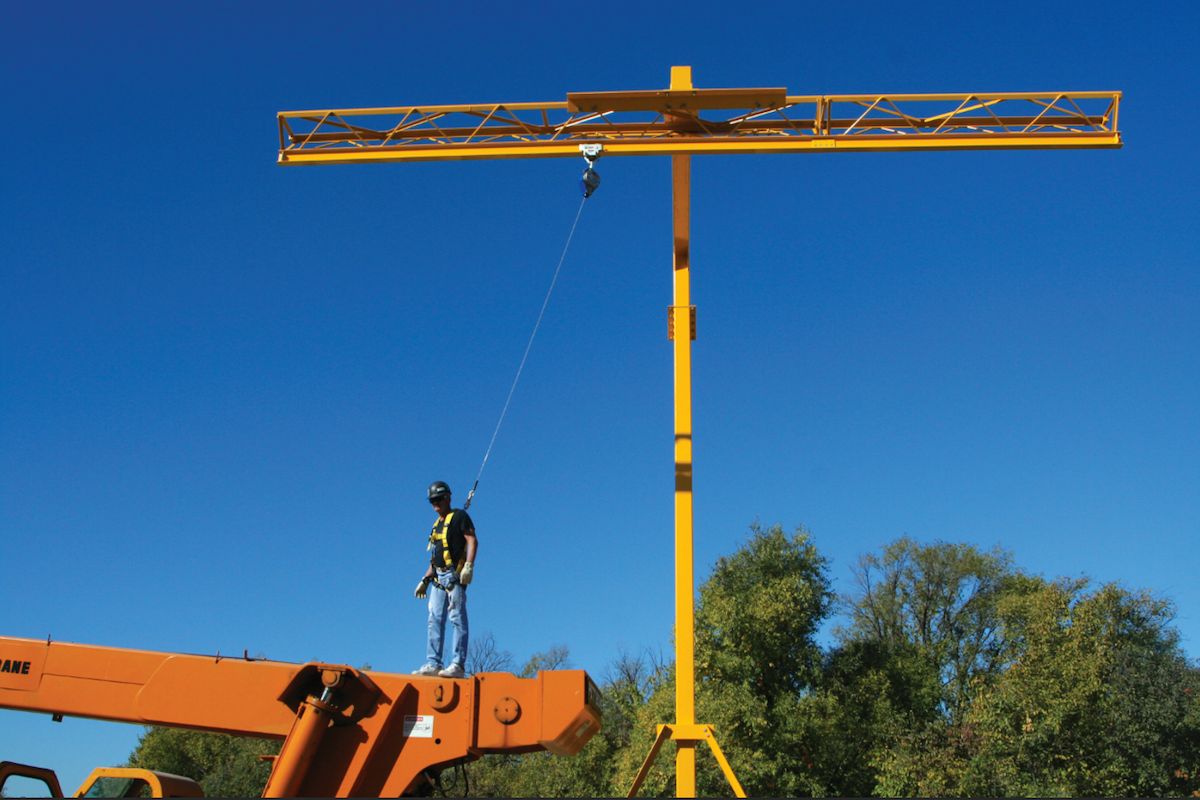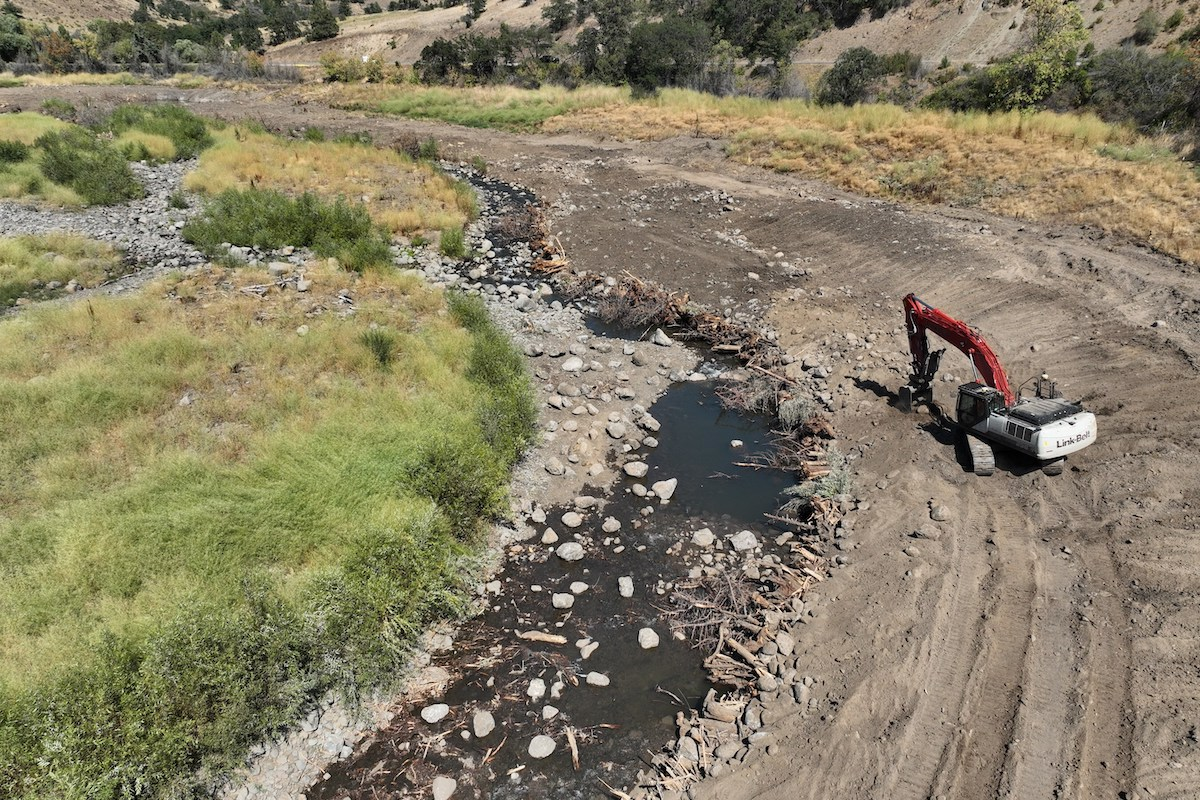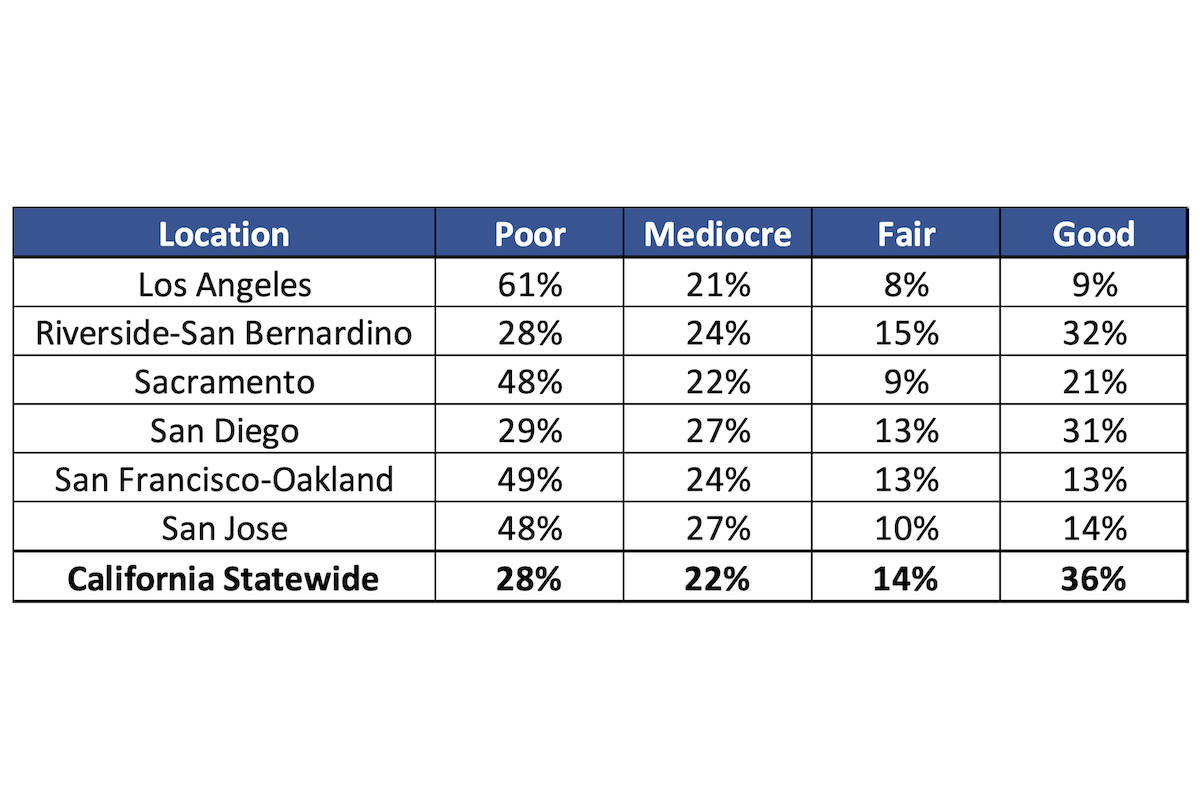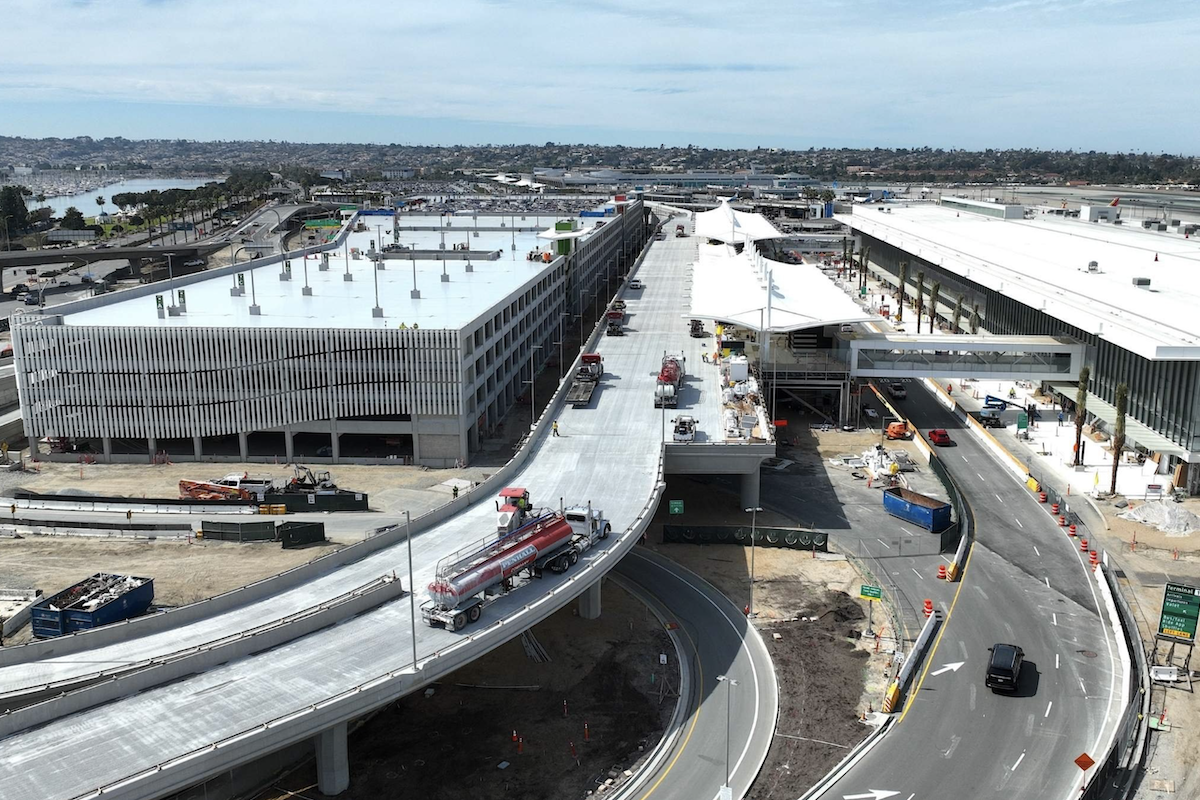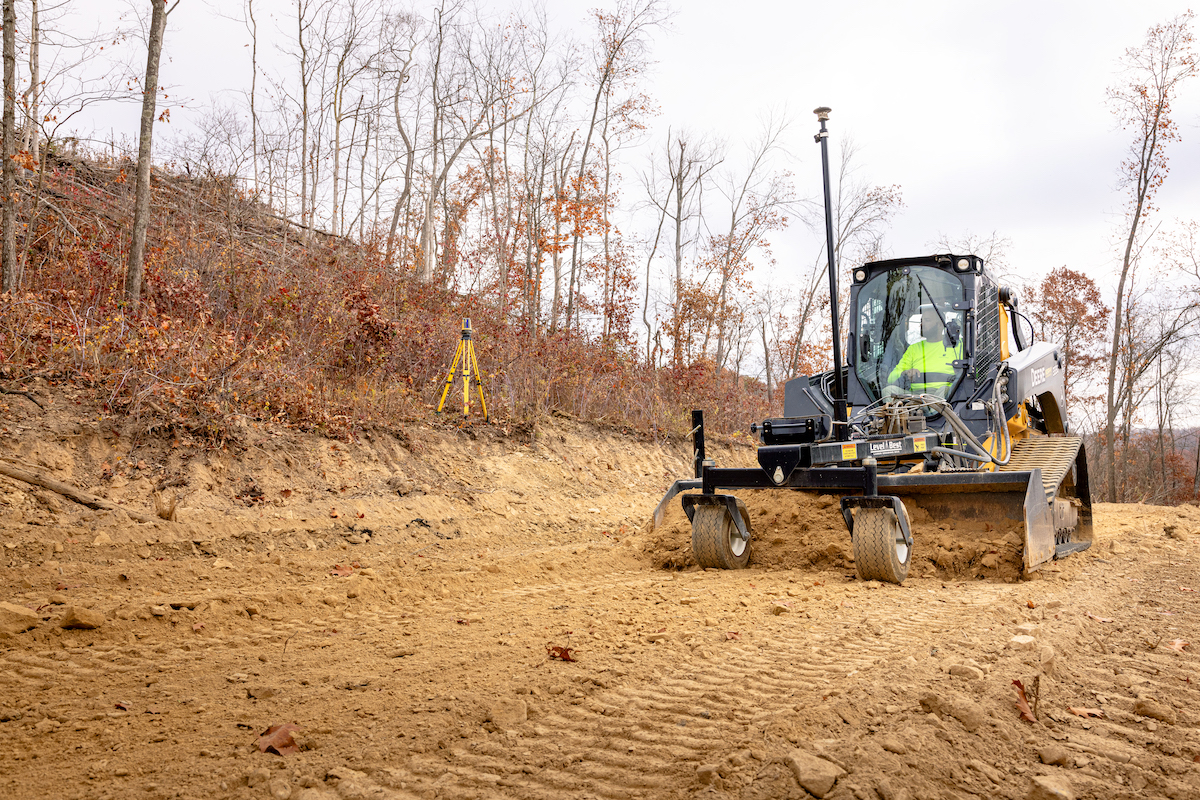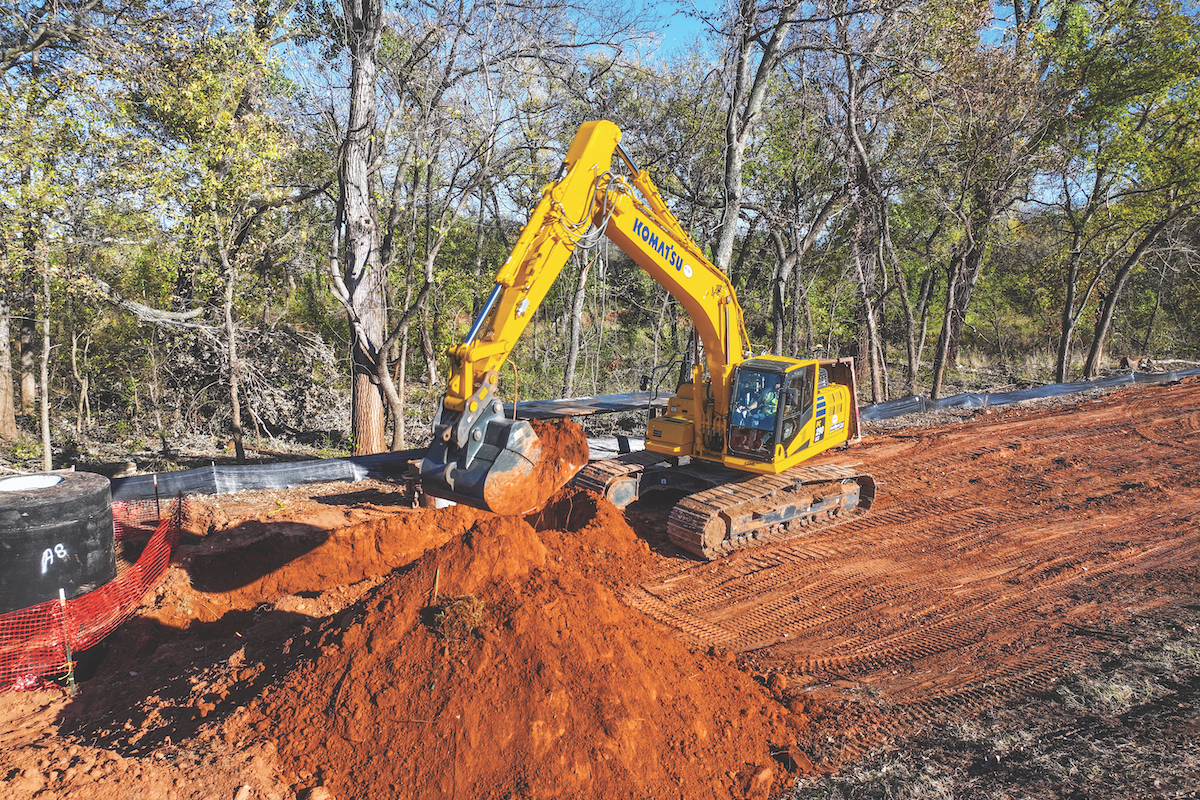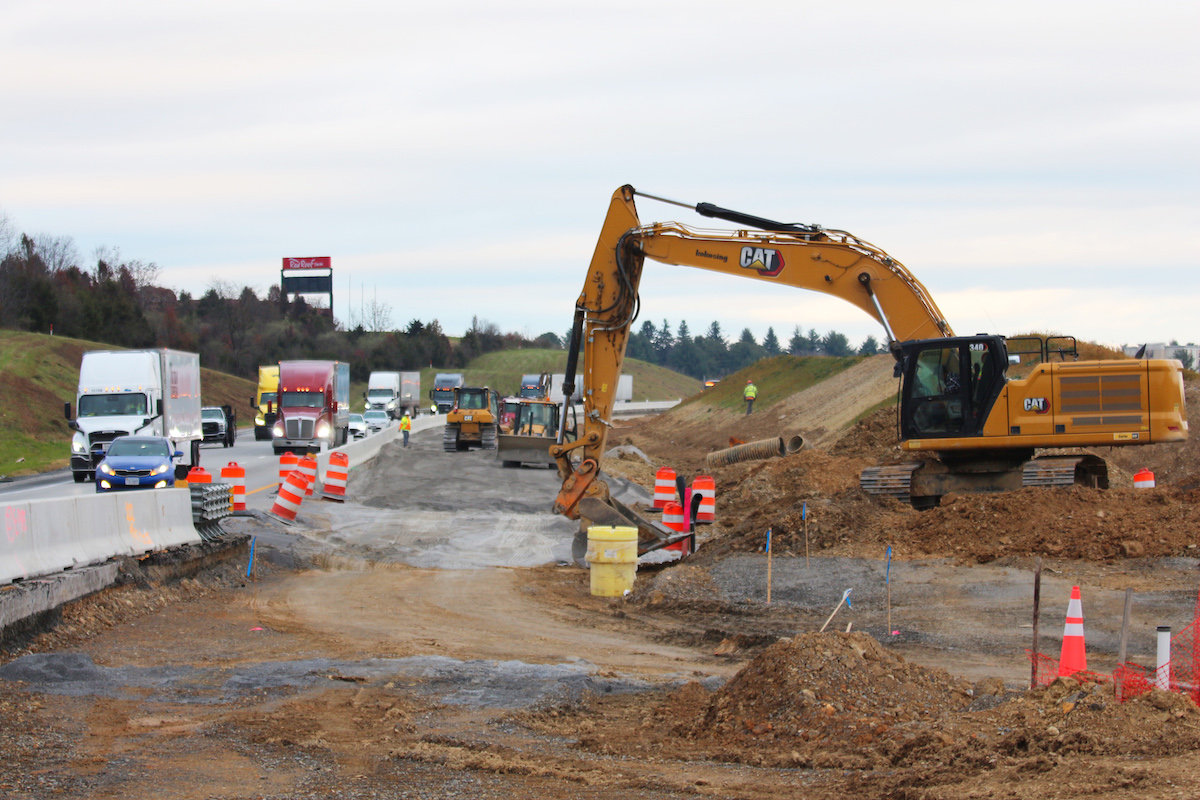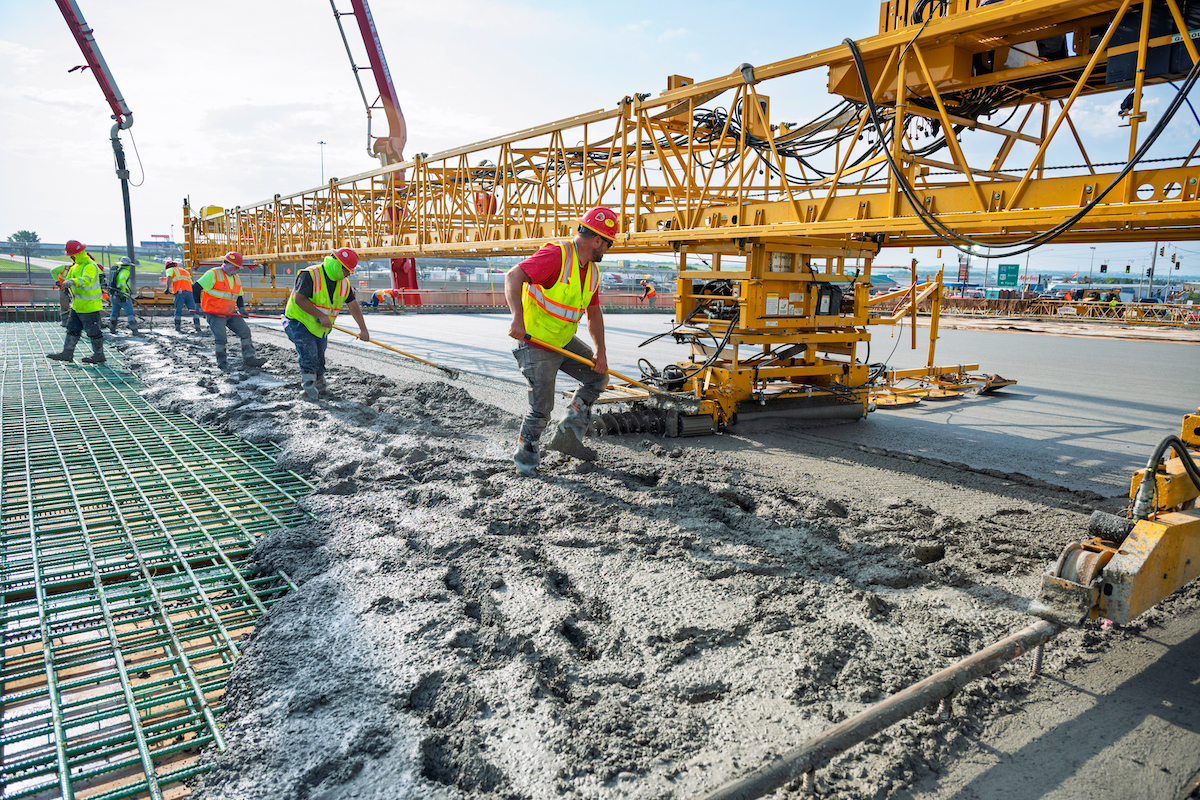We’ve developed significant experience installing solar photovoltaic cell systems for various clients across Indiana. We’ve also learned there are a lot of benefits to solar, but they’re not suitable for everyone or every application.
On a technical level, electrical energy from the sun helps generate electricity by creating electrical charges over a metal plate inside the solar panel’s photovoltaic cells. These cells produce an electrical current sent to an inverter where it’s DC electricity. Because DC electricity can only move over short distances before losing power, a solar inverter converts it to AC electricity.
In its simplest form: a photovoltaic cell absorbs the sun’s energy and converts that sunlight into a direct current of energy. This DC electricity is then converted to alternating current electricity and transmitted directly to the building or buildings connected to it.
A solar PV system works well anywhere you can:
- Budget for the initial installation cost.
- Point the solar array unobstructed toward the sun, preferably facing south.
- Provide room for solar panels and any power storage systems.

| Your local Gomaco dealer |
|---|
| Terry Equipment |
Bartholomew County Schools chose two of their school facilities for new solar energy systems. Northside Middle School’s PV system generates about 454 MWh of solar electricity a year, which offsets energy costs by about $45,400.
The Taylorsville Elementary School PV system generates 249 MWh, which offsets their energy costs by $24,900. Both schools also benefited from incorporating the solar monitoring system in a school-wide program to complement their STEM education curriculum.
- How many kilowatt-hours you use annually? This is found on your monthly electric bill.
- How large is your facility?
- How far away do the solar panels need to be placed and how much room is there? For instance, on the roof vs. across a field or a parking lot.
- How many hours of sun will the panels get, on average, per day?
- Do you want to offset 100 percent of your energy costs or a portion?
- What capacity does your load utility allow?
The National Renewable Energy Laboratory has estimates of sun hours by month, but we typically look annually:
It might look low, but Indiana and the Midwest still have more than enough direct sunlight for a noticeable reduction in net metering and fossil fuels. The difference between Indiana and Arizona or New Mexico is about an hour to 90 minutes of sun a day.
To account for a 100 percent offset, we use a formula to divide your kWh usage by 365 days and divide that by average sun hours per day. By multiplying this by an efficiency factor to account for energy losses – a common part of all electrical systems, not just solar power – we can determine how many solar panels you will need.

| Your local Trimble Construction Division dealer |
|---|
| SITECH Southwest |
| SITECH West |
To claim the Federal Investment Tax Credit, you must pay taxes, own the system yourself, and not lease or rent your space. Indiana does not currently provide any solar rebates or incentives.
Still, most energy companies in Indiana will offer a “buy-back”, where the utility pays you for the excess energy generated at a reduced rate than what they would charge customers. For this reason, designing the “right size” system is critical. Excess electricity could also be stored with a battery system, so photovoltaic systems provide a more “on-demand” mechanism for times a building owner’s electricity usage is high.
Like most modern batteries and electrical storage systems, capabilities degrade over time. After about 30 years, most solar panels generate electricity at about 85 percent of their original capacity. The solar panel inverters have a lifespan of about 10 years.











